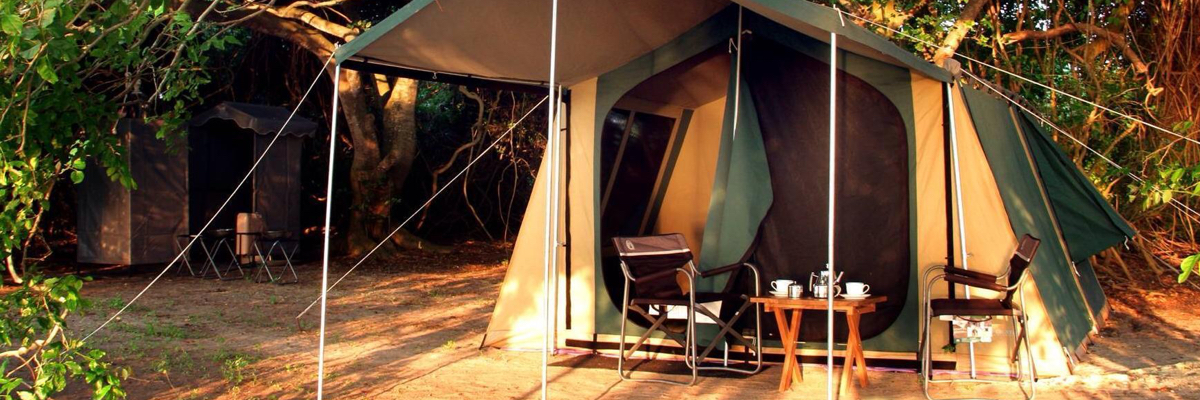
We welcome you to our beautiful island, Sri Lanka. The island’s proud history of over 2500 years and the breathtaking diversity of scenery will capture your heart and soul like no other destination, May the time you spend in the island be filled with exciting experience–memories of which you will carry after you leave our shores.
What may strike you most about Sri Lanka is its amazing diversity of scenery. It is possible to pass brilliant green paddy fields, sun-bronzed beaches, ruined cities, small lively villages, near desert regions, sanctuaries for wildlife in tropical jungles, and hill country tea plantations literally within hours of each other.
Ancient Sanskrit literature refer to Sri Lanka as “Sinhaladvipa” – Island of the Sinhalese. The people called by that name have inhabited this island from earliest historical time. Traditional recorded in the historical chronicles of Sri Lanka trace the origin of the Sinhalese to an exiled north Indian prince, Vijaya and his retinue, who settled down in the island and established the Sinhalese kingdom in the 6th C.B.C.
However, the earliest recorded civilisation dates back to 380 BC, when Anuradhapura (205 Km from Colombo) was established as the first capital city. Following the advent of Buddhism in the 3rd century BC, a civilisation rich in Indo-Aryan culture took root. It produced the great cities with their “dagabas” which compare, and even exceed in size, the pyramids of Egypt, palaces and pleasure gardens, rich art and architecture and the gigantic irrigation works, many of which are still in use today.
With invasion from neighbouring south India, the base of power shifted to Polonnaruwa (101km south east of Anuradhapura) and other cities such as Dambadeniya, Kurunegala, Kotte and Kandy. In the 16th century the island had is first recorded encounter with the traders and colonisers of the west, with the arrival of the Portuguese in 1505. What followed was a period of nearly five hundred years during which the island came under the control and influence of the Portuguese, Dutch and British. While the Portuguese and Dutch ruled over the maritime regions foe a rough 150 years each, the British and established complete control over the island with the fall of the Kandyan Kingdom in 1815. They too ruled for 150 years before the country regained independence in 1948. The impact of many cultures over the centuries, from south Indian to the Moorish and that of the western colonisers have resulted in the country’s culture being enriched by a rich diversity, much of which is in evidence today. The island’s economy has traditionally been based on agriculture, with rich as the main food crop. Spices such as cinnamon, cardamom, clover, nutmeg and pepper have been age old export, as were gems and even peacocks and elephants. With western commercial influence, rich gave way to cash crops, until the British made tea the base of the economy.
The new thrust in the economy is on export-led industry. Agriculture is now being revived. Non-traditional export such as garments, seafood, foliage, cut flowers and tropical fish and value added agro-industries have in recent years contributed to the economic advance of Sri Lanka.
The people of Sri Lanka are of diverse races and faiths. The majority are Sinhalese who are Buddhists, while among the minorities is the Tamils, mainly Hindus are the largest, followed by the Moors who follow Islam, and sharply declining number of Burghers, descended from the Portuguese and Dutch, who are Christians. There is also a considerable population of Christians among the Sinhalese and Tamils.
Although well on the road to modernisation, the country and its people still cherish most of their traditional values and take pride in their rich culture. An aspect which continues to attract visitors from abroad, as much as the beauty and diversity of scenery, and the warmth and hospitality of the people.
An island of approx.65, 610sq.km.Sri Lanka lies in the Indian Ocean off the southern tip of the coast of India. It lies between 5*55 and 9*55 north of the equator and between the eastern longitudes 79*42’ and 81*52’.
Warm and fine year round. Average temperature around 27*C in Colombo going down as the land rises to the hill country to as low as 10*C. The island has two wet season between May and July in the south-west and December/January in the north-east. Climatically Sri Lanka has no off-season. Bright sunny warm days are the rule and are common even during the wet season. Sea temperatures as a rule remain around 27*C.
Nearly 19.3 million, 74.5% Sinhalese, 11.9%SLTamils, 4.6% ind. Tamils 8.3% Moors, 0.3% Malays, 0.2% Burghers and 0.2%other. Literacy rate average 90.01%-one of the highest in Asia. (2001). Total population 2011-20.4m.
Predominantly Buddhism but also Hinduism, island and Christianly.
Communication is rarely a problem because English is understood in all parts of the country. Place names and signboards are in the national languages and often in English. Official languages-Sinhala, Tamil and English. National languages-Sinhala and Tamil.
Sri Lanka’s standard time is 5½ hours ahead of Greenwich.






